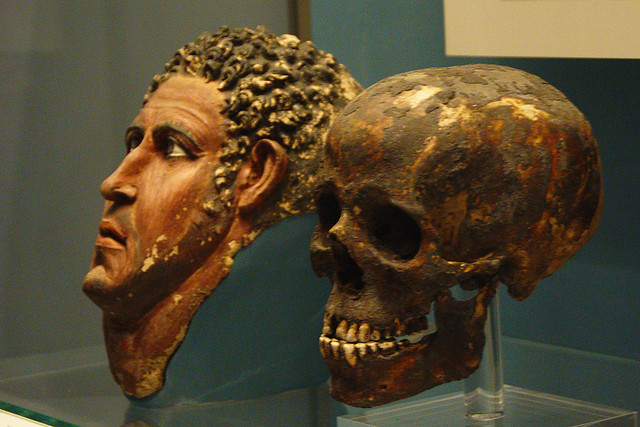This is an index and summary of the things I’ve talked about over the last month. Links for multi-post subjects go to the first post (even if it’s before this month), you can follow the internal navigation links from there. (TV shows without full posts will not be linked, but will be listed.)
Books
Fiction
“Dust” Elizabeth Bear. Part of Read All the Fiction. This is the first book in a trilogy set on a generation ship. Kept.
Total: 1
Non-Fiction
“Plantagenet England 1225-1360” Michael Prestwich. Part of the New Oxford History of England.
Total: 1
Museums
Ming: 50 Years that Changed China – British Museum exhibition.
Total: 1
Photos
Total: 4
Radio
Battle of Talas – In Our Time episode about the battle between Arabian and Chinese forces in 751AD.
Julius Caesar – In Our Time episode about Caesar’s life.
Rudyard Kipling – In Our Time episode about the life and work of Rudyard Kipling.
Total: 3
Talks
“Beyond Indiana Jones: The Ark of the Covenant and Egyptian Ritual Processional Furniture” David Falk – October EEG meeting talk.
Total: 1
Television
Fiction
Doctor Who: Mummy on the Orient Express.
Doctor Who: The Forest of the Night.
Total: 4
Non-Fiction
The Boats that Built Britain – Tom Cunliffe sails six boats that were important in British history.
Bright Lights, Brilliant Minds: A Tale of Three Cities – 3 part series looking at three key cities each in a different key year in the 20th Century.
A History of Art in Three Colours – James Fox looking at the history of art through the lens of three different colours, gold, white and blue.
Jungle Atlantis – two part series about new archaeological discoveries at Angkor Wat.
Kate Adie’s Women of World War One – a one off programme about what British women did during the war, and the difficulties and prejudices they faced in doing it. And also about how that taste of freedom and demonstration of their capability did change women’s lives in the future, no matter how much the establishment tried to return to the status quo after the war.
Lost Kingdoms of Central America – Jago Cooper talks about four different ancient civilisations in Central America.
Harlots, Housewives and Heroines: A 17th Century History for Girls – Lucy Worsley talking about late 17th Century British women.
Oh! You Pretty Things – series about the relationship between pop music and fashion in Britain from the 1960s onwards.
Rwanda’s Untold Story – part of the This World series. Jane Corbin examining the evidence that Paul Kagame’s regime in Rwanda is not what it seems. The conventional story of the Rwandan genocide is that Kagame’s troops stopped the violence and that since he has been in power there have been no massacres. This programme looked at the evidence that Kagame was involved in the shooting down of the previous President of Rwanda’s plane, which was the event that sparked the 1994 massacres of Tutsis by Hutus. And at the evidence that Kagame and his regime have been involved in the systematic massacre of Hutus as reprisals.
Sacred Rivers – Simon Reeve travelling along three rivers that have been or are regarded as sacred.
Science Britannica – Brian Cox looking at the history of science in Britain.
Swallowed by the Sea: Ancient Egypt’s Greatest Lost City – programme about the underwater excavations at Heraclion, which vanished into the sea in the 2nd Century BC.
Treasures Decoded – Channel 4 series looking at puzzles and potential solutions around some well known archaeological sites or artifacts.
Tutankhamun: The Truth Uncovered – rather poor documentary rehash of the 2010 Hawass et al paper.
Wild China – series about Chinese wildlife & people.
The Wonder of Animals – Chris Packham exploring what about particular groups of animals makes them so fit for their environments and lifestyles.
The World’s War: Forgotten Soldiers of Empire – two part series about the soldiers from the Empires of the European powers who fought in World War One.
Total: 17

